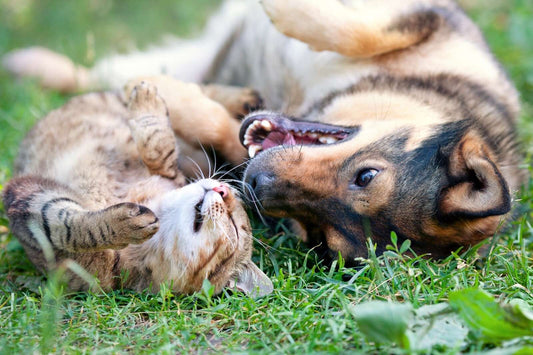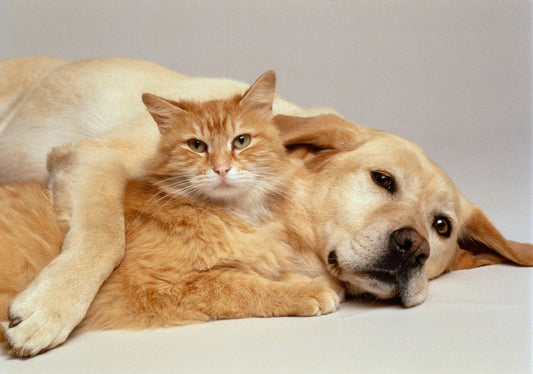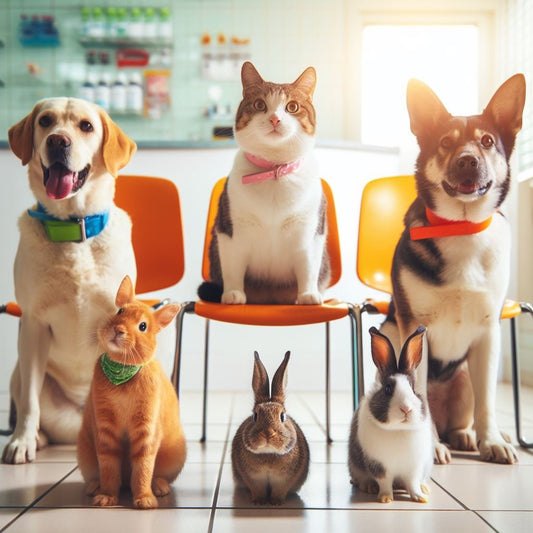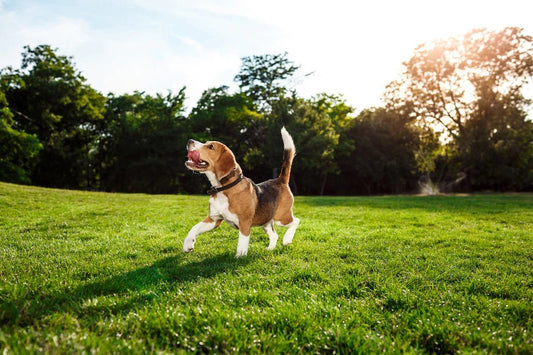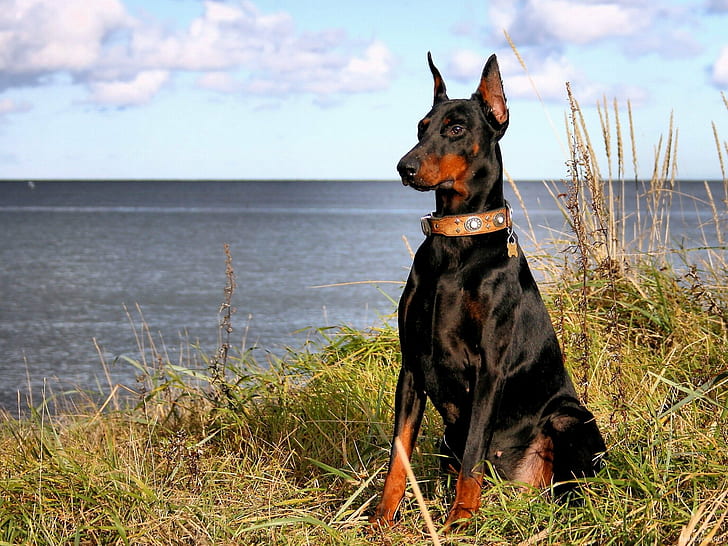
Overview
- Lifespan: 10–12 years
- Size: Large (24–28 inches tall)
- Maintenance Level: Medium
- Shed Level: Moderate
- Temperament: Loyal, Intelligent, Alert
- Friendliness: Good with family, wary around strangers
- Barking Tendency: Moderate
- Coat Colours: Black, red, blue, fawn, often with rust-coloured markings
Best For
- Active families or individuals
- Owners looking for a loyal and protective companion
Appearance
- Muscular and sleek build
- Weight ranges from 27 to 45 kilograms
- Known for their strong and elegant stature
Temperament
- Highly energetic and intelligent
- Requires mental stimulation and physical exercise
- Can be independent; early training recommended
Care Guide
- Grooming: Requires regular brushing and occasional baths
- Training: Highly trainable, responds well to consistent training
- Diet & Nutrition: Balanced diet, watch for overfeeding
- Exercise: High energy, requires ample exercise and play
- Ideal Environment: Best suited for a home with a yard, but adaptable to various living situations
Health
- Gastric Dilatation-Volvulus (GDV): Risk of bloat, requires immediate veterinary attention
- Hypothyroidism: Can be managed with medication
- Dilated Cardiomyopathy (DCM): Heart condition, needs veterinary monitoring
- Von Willebrand Disease: Blood clotting disorder, testing recommended before surgeries
- Hip Dysplasia: Common in large breeds, manageable with proper care
Additional Information
- Feeding Recommendations: Balanced diet, avoid grain-free diets unless recommended by a vet
- Training Challenges: Intelligent but may be headstrong; positive reinforcement works best
- Grooming Needs: Regular brushing, moderate shedding
- Good Family Dog: Yes, when properly trained and socialised
- Intelligence: High; skilled in obedience and working roles
- Energy Level: Very active; requires significant exercise
- Health Concerns: Prone to specific health issues; regular veterinary care recommended
Grooming Guide
- Skin Care: Regular checks; typically minimal issues
- Coat Care: Short coat, moderate shedding; regular brushing required
- Eye Care: Regular checks; watch for signs of eye problems
- Ear Care: Regular cleaning, especially for cropped ears
Curious to know more? Check out our Doberman guide!


